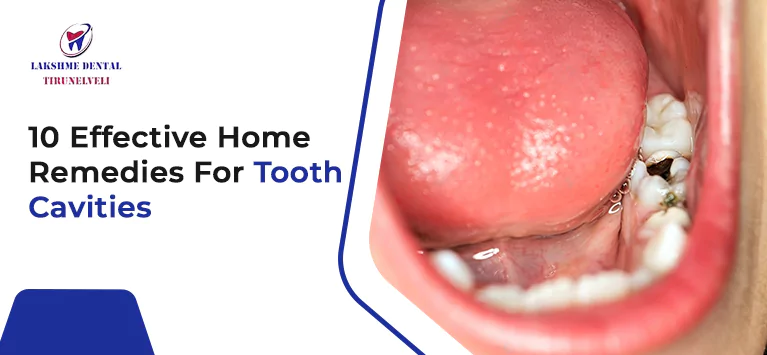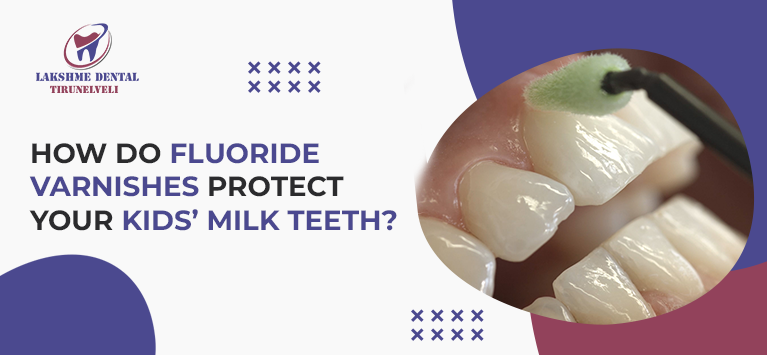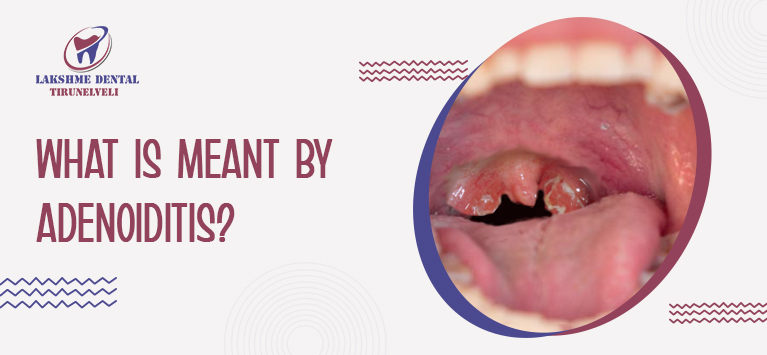
5 Signs That Indicate Your Kid Needs an Orthodontic Care
“Is it necessary for my child to get teeth straightening treatments?”
I am sure that this might be the first thing that comes to your mind while seeing the heading. Right? Many parents tend to associate orthodontic treatments with their teenage kids. Obviously, there is no exact time to get dental braces.
Taking proactive steps earlier is better than getting retroactive fixes. It will prevent your little champ from developing various dental problems in the future. Remember that a kid should get an initial orthodontic screening at age 7. Orthodontists can detect the signs indicating if the kid needs teeth straightening treatments.
Why do dentists recommend early orthodontic screening?
Detecting the existing orthodontic problems in children at earlier stages is crucial for the following 2 reasons:
The jaw bone is in the developing stage. It means the bone is soft thereby correcting it is quite easy and quick. Generally, the teeth alignment corrective procedures work faster for kids than adolescents and adults.
Similarly, orthodontic treatment becomes easier once the underlying problem is detected earlier so that the treatment does not require invasive procedures.
Apart from crooked, gapped, and protruding teeth, your kids exhibit various signs indicating the child’s teeth alignment is disturbed.
What are the signs showing your child seeks orthodontic treatments?
1) Thumbsucking beyond the age of 5
Thumb sucking or finger sucking is a habit that is prevalent in kids during infanthood. Meanwhile, if you notice your kid sucks his/her finger even after attaining 5 years old, you should consult a dentist or orthodontist to break this habit.
As their mouth is developing, the jawbone is forming so that the development stage determines the teeth alignment as well. Prolonged finger sucking habit will apply pressure on the front teeth and pushes them to move forward thereby causing a change in the jaw bone shape.
2) Mouth Breathing
Mouth breathing seems normal but it triggers various oral complications. Researches show it is directly related to orthodontic problems in kids. When a kid breathes while keeping the mouth open, the air will pass directly to the lungs. It will affect the functionalities of the orofacial muscles and tongue muscles.
Such alterations in orofacial muscles in a long run, will the jaw bone to grow abnormally followed by various teeth alignment problems.
3) Early tooth loss
Teeth that erupted in infanthood will be replaced by adult teeth when a kid becomes 5 or years old. It means the loss of milk teeth should occur around this age range. Exceptional are the cases, losing a baby tooth due to accidental injuries.
In contrast, if you notice your kid has lost a tooth early without encountering any accidents or mishaps, you should concern. It might happen due to the progression of oral complications including teeth misalignment.
4) Frequent cheek biting
Frequent inner cheek biting in children is a symptom of malocclusion. When the teeth get crowded or crooked due to the improper alignment of the upper and lower jaw, the cheek will get its way stuck between the upper and lower teeth. It pushes the kid to bite the tissue frequently.
5) Clicking sound in the jaw while chewing
Jaw popping or clicking sound while opening the jaw every time is an indicator of jaw bone dislocation or TMJ disorder. Mostly, it occurs due to physical injuries whilst the intense pressure applied over the jaw bone due to teeth misalignment also tends to this problem. In simply, misaligned teeth will lead to jaw bone dislocation.
Bottom line
An orthodontic check-up is essential for every kid when they become 7 years old. In most cases, kids exhibit the discussed symptoms as well as noticeable signs like protruding teeth. Such early orthodontic analysis will help to identify the other possible & hard to identify causes that trigger teeth misalignment.
















